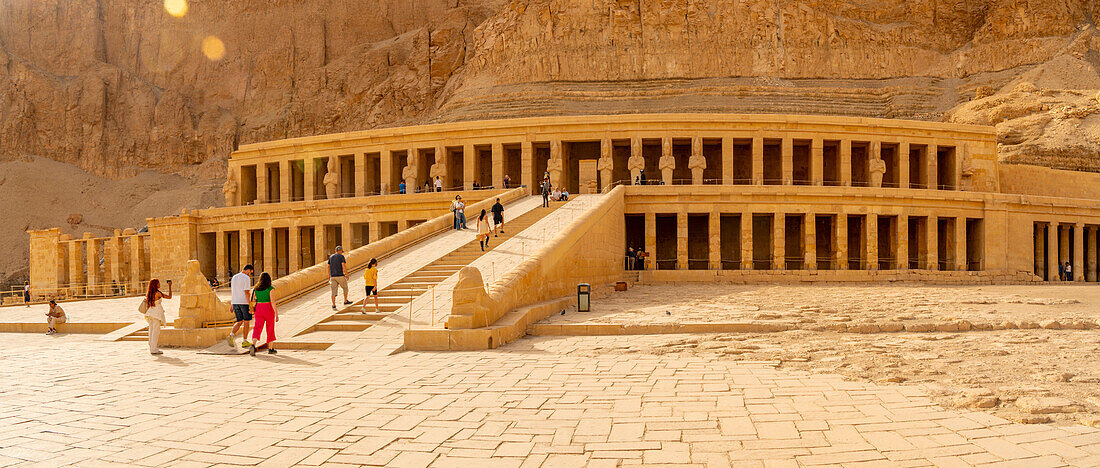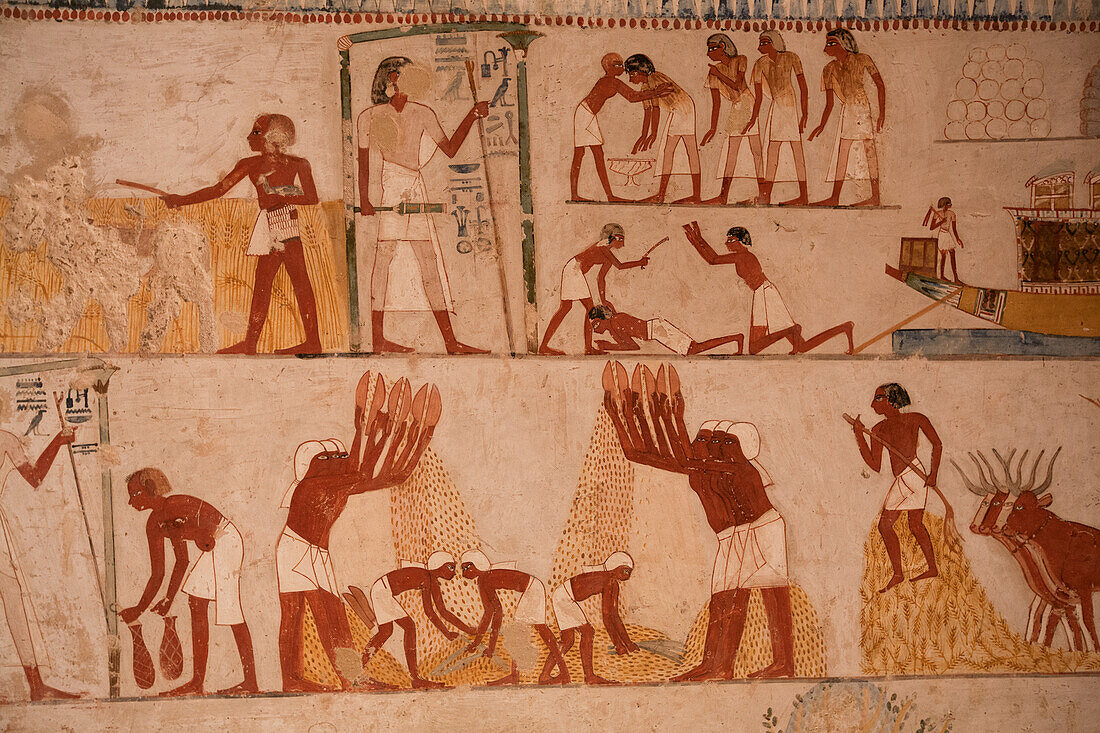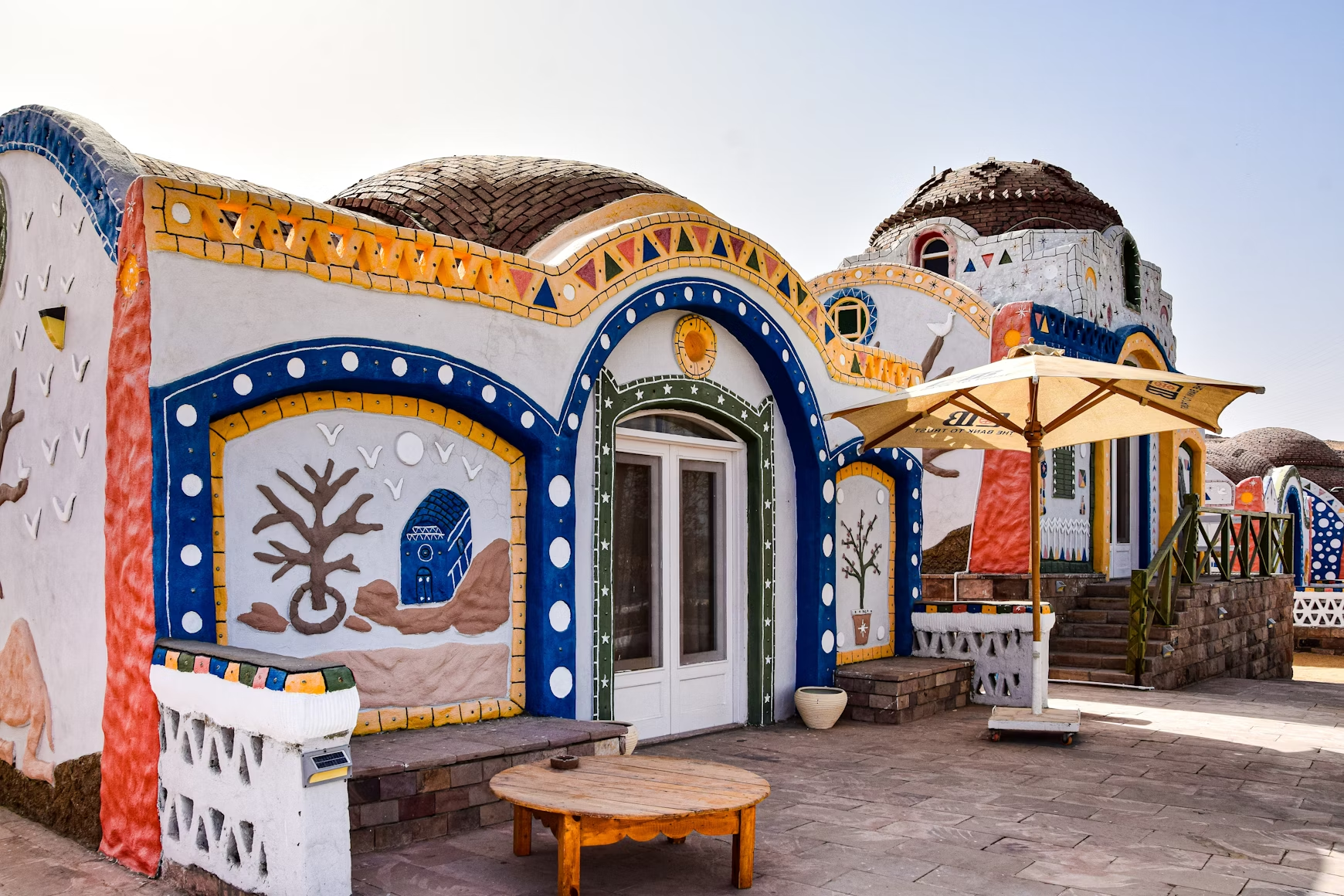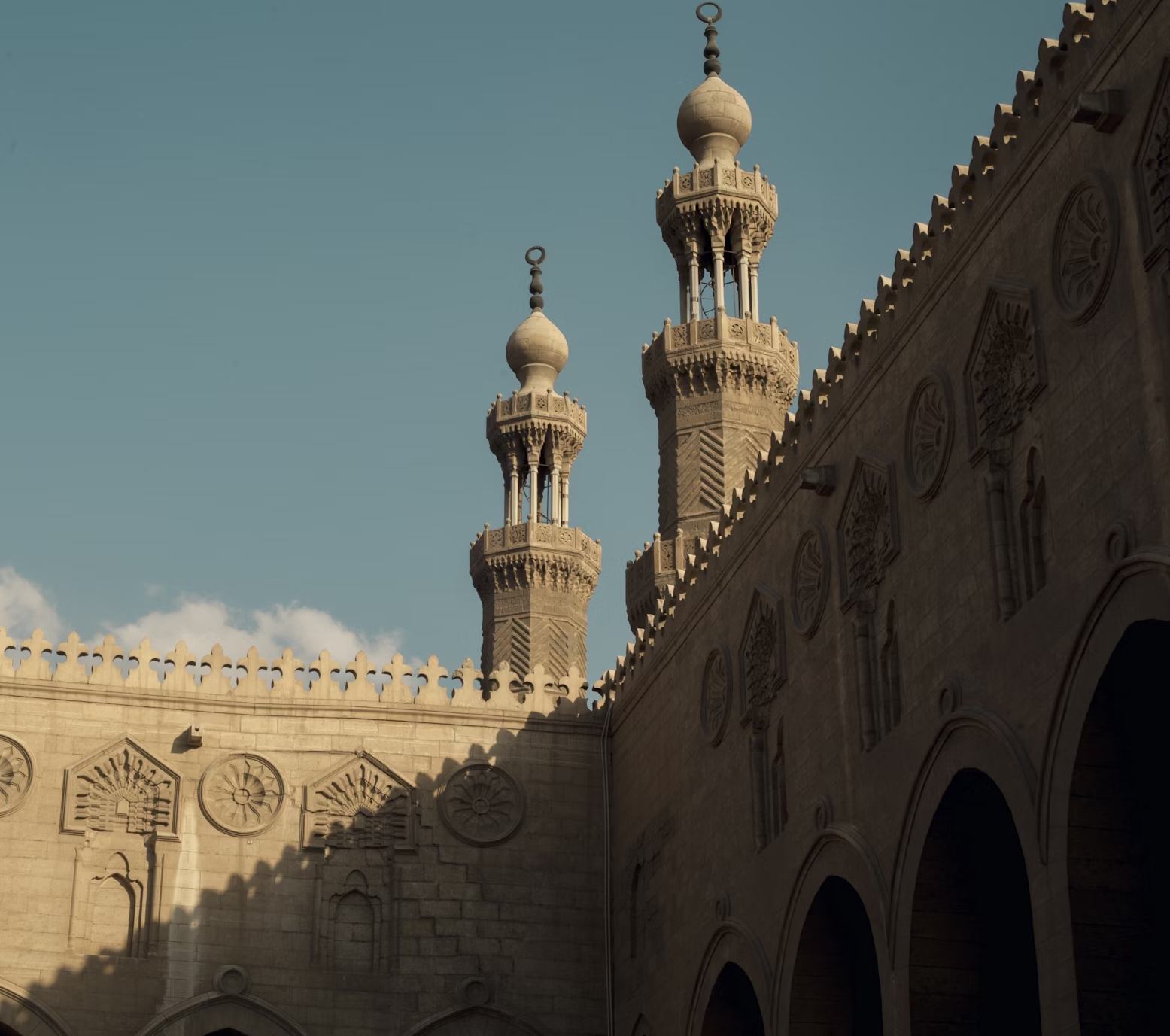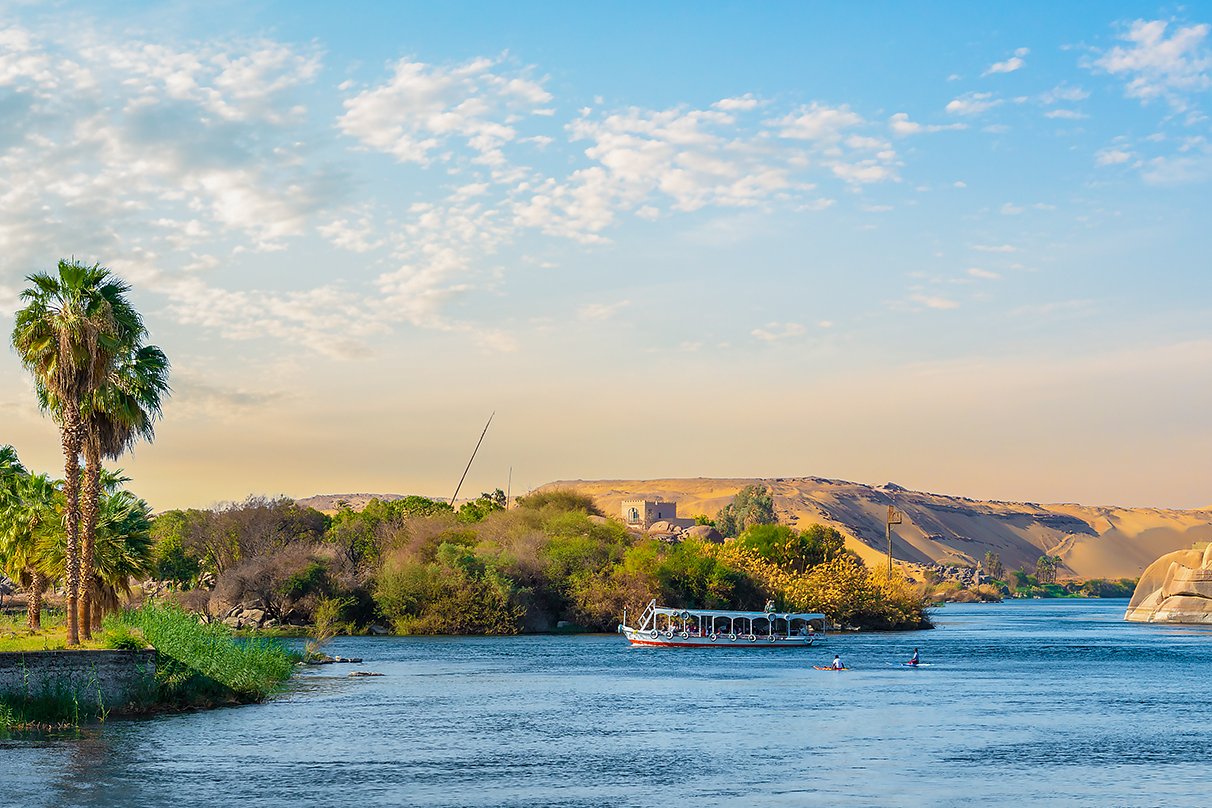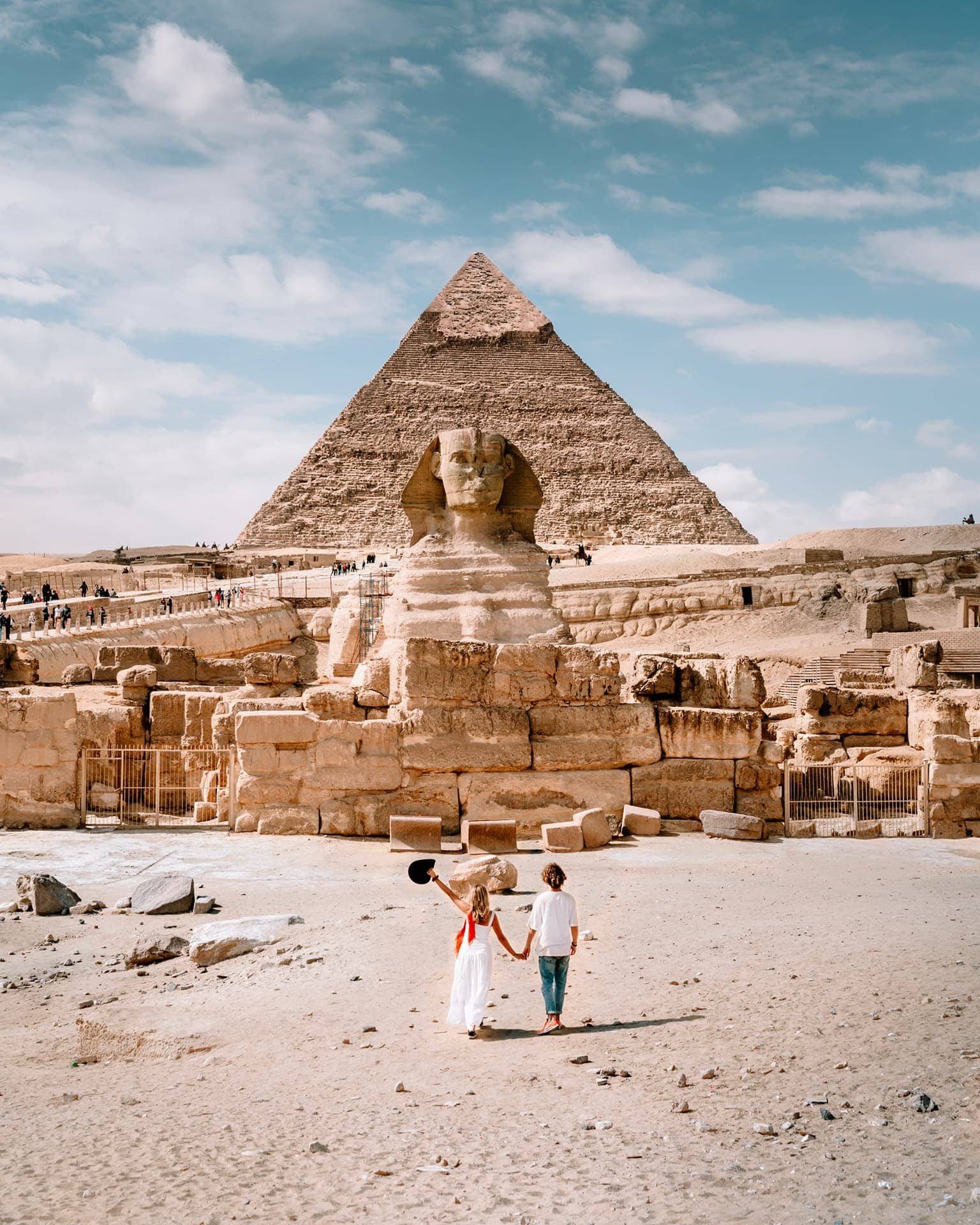Who Was Hatshepsut?
Before one can enter Hatshepsut Mortuary Temple, it becomes pertinent to talk about the pharaoh for whom such a magnificent monument was created. Hatshepsut ruled Egypt from about 1479-1458 BCE during the 18th dynasty; she was, at least, one of the most successful pharaohs—the outstanding female ruler. For those on Luxor day tours, unlike the other female monarchs, Hatshepsut would completely wear the regalia of the male king, often depicted with a beard and crowned with the traditional headdress. Like her successful reign, Hatshepsut's legacy was the Mortuary Temple; it has accessioned countless riches to her life while carrying out her duties and serving with legitimacy through her rule within a male society.
Location of the Hatshepsut Temple
This Hatshepsut Mortuary Temple in Deir el-Bahari is beside the cliffs of the Theban Mountains—by Luxor. For those visiting the best places in Luxor, the site was purposely selected as it was once regarded as a holy area. Ancient Egyptians used to have tombs and temples built in which it was associated with the god Amun-Ra, to whom the afterlife was connected. Also, the different poetic terraces tell of the union between heavens and earth, each symbolizing a different stage of life and the afterlife. The beautiful natural atmosphere added to the awesomeness of the temple provides a thrilling comparison between human capabilities and wondrous nature.
Reliefs and Artistic Masterpieces at Hatshepsut Temple
Hatshepsut's mortuary temple is decorated with exquisitely sculptured reliefs as well as carvings, which can well be said to form most of the visual history of her reign. The most interesting scene shows her journey to Punt. It is more than just decoration: a record of her achievements, wars, and services to the gods. The Punt trip shows ships arriving from the foreign shore bearing wonders such as the resins of frankincense and myrrh, and rare creatures, to make this a most exciting visit to discover Luxor attractions.
Another of the most important scenes includes the one showing her divine conception Hatshepsut will be represented as the daughter of the divine God Amun-Ra-which will, of course, even further enhance her eligibility to be considered a ruler. To have it done this way was to make Hatshepsut appear as a divine and powerful ruler, consolidating her pharaonic authority despite being a woman.
The Afterlife Role of the Temple of Hatshepsut
The Mortuary Temple of Hatshepsut served initially as a place of worship during her lifetime: later, along with her shrine at Deir el-Bahri, it perhaps symbolized absolute immortality. Building such temples and their monumental tombs was the ritual of the pharaohs in ancient Egypt to ensure their eternal afterlife and no doubt, this temple also adopts the same reason. Of course, the overall design of the temple along with its dedication to Amun-Ra and other gods was meant to guarantee that there would be continued worship and divine influence over Hatshepsut long after her death. The temple also constituted the premises where rituals in honor of the pharaoh were performed for her soul to ascend to heaven.
The opposite has however happened, as soon as Hatshepsut's spirit departed, the most mighty Thutmose turned against her memory and basely desecrated countless of the existing reliefs and statues in her temple. Some historians even speculate such an action was undertaken to sap her legacy and install a stronger claim for the throne. And, indeed, that theme could have deserved a more illustrated execution. Much of her legacy has survived and continues to stand testament to her reign and her Mortuary Temple of Hatshepsut.
Archaeological Importance of the Hatshepsut Temple
The Mortuary Temple of Hatshepsut has become the prime archaeological site for revealing various fantastic designs and artistically carved figures that testified ancient residence and beliefs. This makes it one of the top things to do in Luxor for anyone interested in Egypt's rich history. The temple has also sparked considerable scholarly interest, particularly regarding the less-frequented study of female rulers of ancient Egypt and how women played important roles in leadership, often overlooked by world history.
Many more aspects of the construction technology, materials, and rituals involved are yet to be unveiled through continued excavation and research across the temple by archaeologists. The Mortuary Temple of Hatshepsut not only exalts its great king in death but also continues to deliver basic knowledge about ancient Egypt.
Hatshepsut Temple as a whole is not simply an architectural wonder; it is alive with the might and ambition of one of Egypt's most eminent pharaohs. Whether or not you are into ancient Egyptian history, architecture, or art, this is a place you must visit when traveling around Luxor.
 English
English
